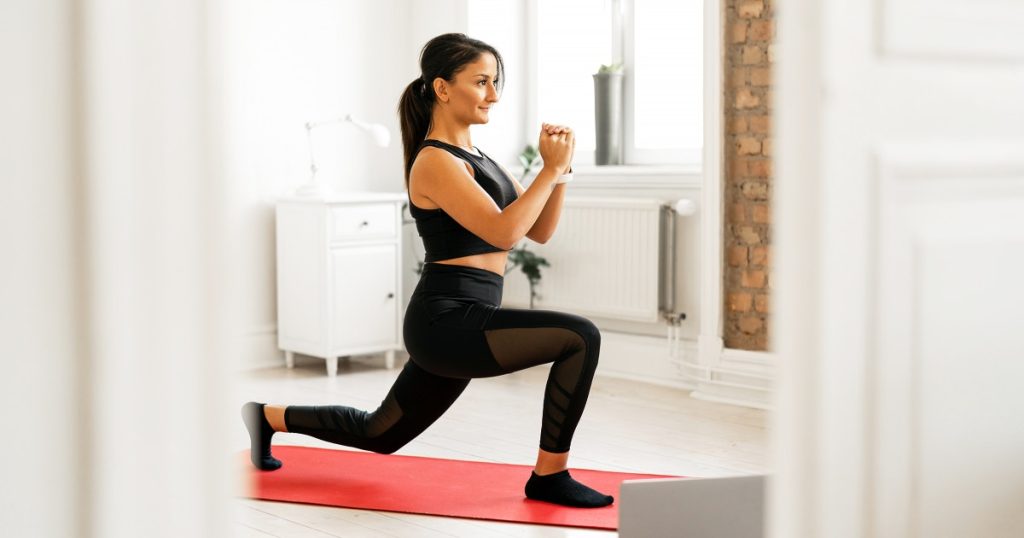Adding a leg day to your strength-training program has become a popular trend for many fitness enthusiasts, driven by the aesthetic goal of toning the legs and achieving a peachier backside. However, there are numerous benefits to strengthening the legs beyond just looking good. The leg muscles are some of the largest in the body and include the hamstrings, quads, adductors, abductors, and calves. Working these muscles not only improves appearance but also creates a stronger base for movement. The glutes and hamstrings are crucial for hip and thigh movement, while the quadriceps help stabilize and extend the knee for activities like jumping and running.
Incorporating leg workouts into your routine is essential for maintaining healthy movement in daily life. Our legs and glutes are used in almost every movement we perform, from getting out of bed to walking and even bending over. Lower-body strength also improves speed during cardio activities, enhances agility and balance, and makes daily movements more efficient. To create an effective leg workout, consider choosing three exercises and turning them into a circuit, performing 10 reps of each exercise and repeating for three rounds. It’s important not to overdo leg exercises, as the legs and glutes are large muscles that require adequate rest to recover and grow stronger.
There are numerous bodyweight leg exercises that can be done without equipment to strengthen the lower body. Some popular exercises include squats, lunges, glute bridges, calf raises, and mountain climbers. These exercises target various muscles in the legs, helping to improve strength, stability, and flexibility. It’s recommended to vary your leg workout routine to target different muscle groups and prevent overuse injuries. By incorporating a mix of exercises and focusing on proper form and technique, you can create a well-rounded leg workout that challenges and strengthens the entire lower body.
When performing leg exercises, it’s important to maintain proper form to maximize benefits and prevent injury. Exercises like squats, lunges, and glute bridges should be performed with core engagement and controlled movements to ensure the muscles are being targeted effectively. Using a combination of compound exercises and isolation exercises can help work different muscle groups in the legs and glutes. It’s also essential to listen to your body and adjust the intensity of the workout based on your fitness level and goals.
Consistency is key when it comes to seeing results from leg workouts. By including leg exercises in your routine at least every other day, you can gradually build strength and endurance in the lower body. Additionally, incorporating a mix of cardio and strength training can help improve overall fitness and performance. Remember to warm up before starting your leg workout and cool down afterward to prevent injury and promote recovery. By focusing on proper form, intensity, and frequency, you can create an effective leg workout that enhances your overall fitness level and improves your quality of movement.
In conclusion, incorporating leg exercises into your fitness routine offers a wide range of benefits beyond just aesthetics. Strengthening the legs, glutes, and core muscles can improve stability, balance, and overall mobility in everyday life. By choosing effective bodyweight leg exercises and varying your routine, you can challenge your lower body muscles and see significant improvements in strength and endurance over time. Remember to listen to your body, adjust the intensity as needed, and prioritize recovery to ensure ongoing progress and prevent injury.













